
October 16, 2025


October 16, 2025















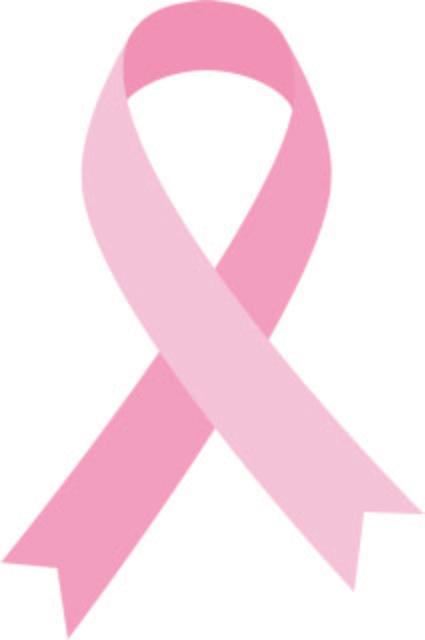








By Reyna Machado
At the Adelphi NY Statewide Breast Cancer Hotline & Support Program, we’ve always believed that no one should have to face breast cancer alone. For more than 40 years, our dedicated volunteers — many of them survivors themselves — have walked beside thousands of individuals through some of the most difficult moments of their lives. Each call, counseling session, and support group is a testament to the power of community, compassion and connection.
Since 1980, the Adelphi Breast Cancer Program has provided free support and resources for women on Long Island and across New York State, including access to our 24/7 hotline, bilingual counseling and early detection services at no cost. Early detection truly saves lives, and we encourage everyone to take charge of their breast health by scheduling regular screenings, learning how to perform selfexams, and advocating for their care.
When found early, breast cancer is highly treatable — and that knowledge can make all the difference. Our mission is to ensure that every individual has access to the information, healthcare, and sup-

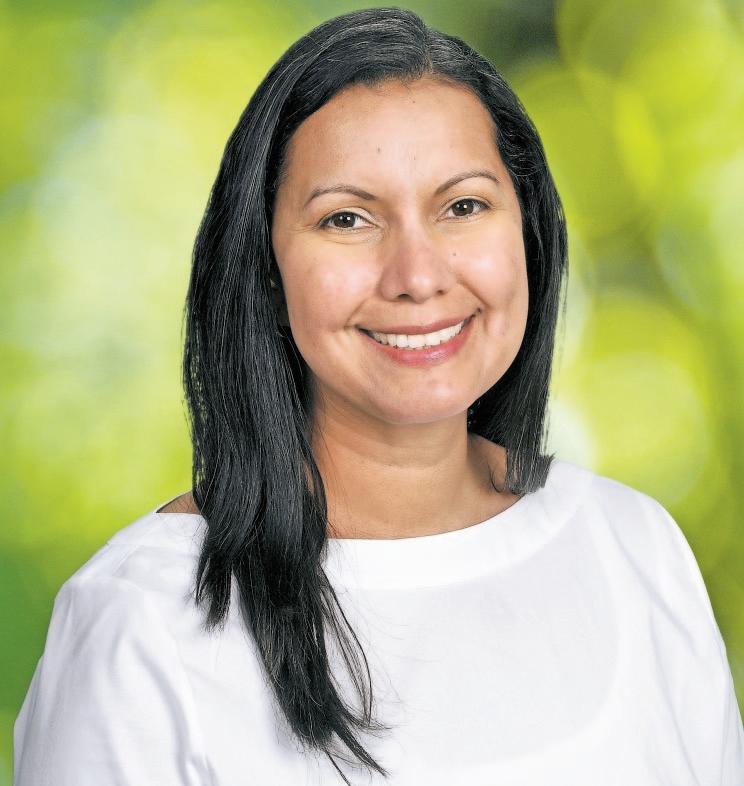
port they need to detect breast cancer early and navigate their journey with confidence.
Recognizing that survivorship looks different for everyone, Adelphi recently launched the Survivorship, Treatment, Education, and Peer Support (STEP) Program to meet the unique psychosocial
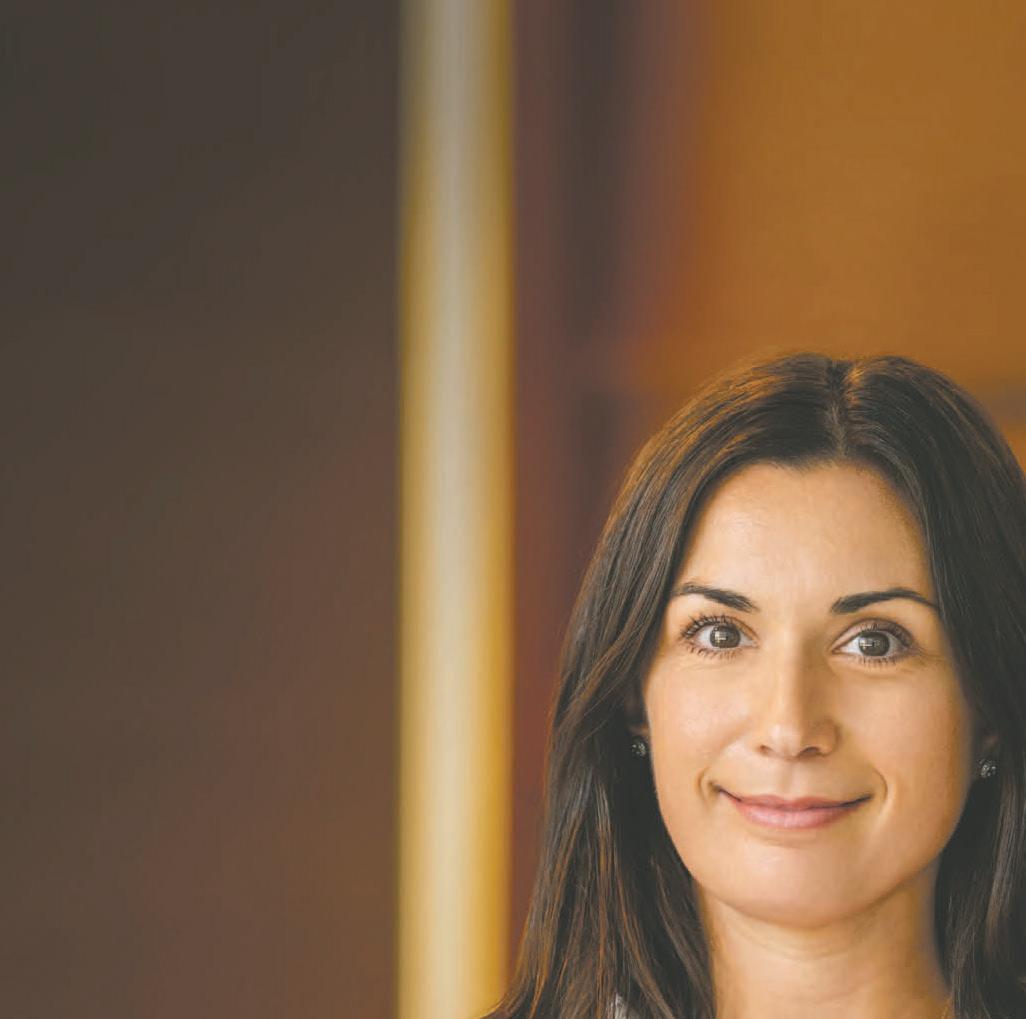

needs of young women diagnosed with breast cancer, metastatic breast cancer patients, and their loved ones — helping improve quality of life and foster resilience.
During Breast Cancer Awareness Month, we extend our deepest gratitude to our volunteers, who remain the heart of our program. Many have personally benefited from Adelphi’s services and now find fulfillment in giving back — offering hope, resources and encouragement to others who are just beginning their journey. They are the bridge between awareness and action — the reassuring voices who remind callers to schedule mammograms, who share their stories to ease fear, and who embody the message that healing and hope are always possible.
Whether it’s answering calls on the hotline, providing education at community outreach events, or inspiring others through their survivorship, our volunteers truly make a difference every day.
Together, we’re not just raising awareness — we’re building a community where no one faces breast cancer alone.
Reyna Machado MA, MBA, is Executive Director of the Adelphi NY Statewide Breast Cancer Hotline and Support Program
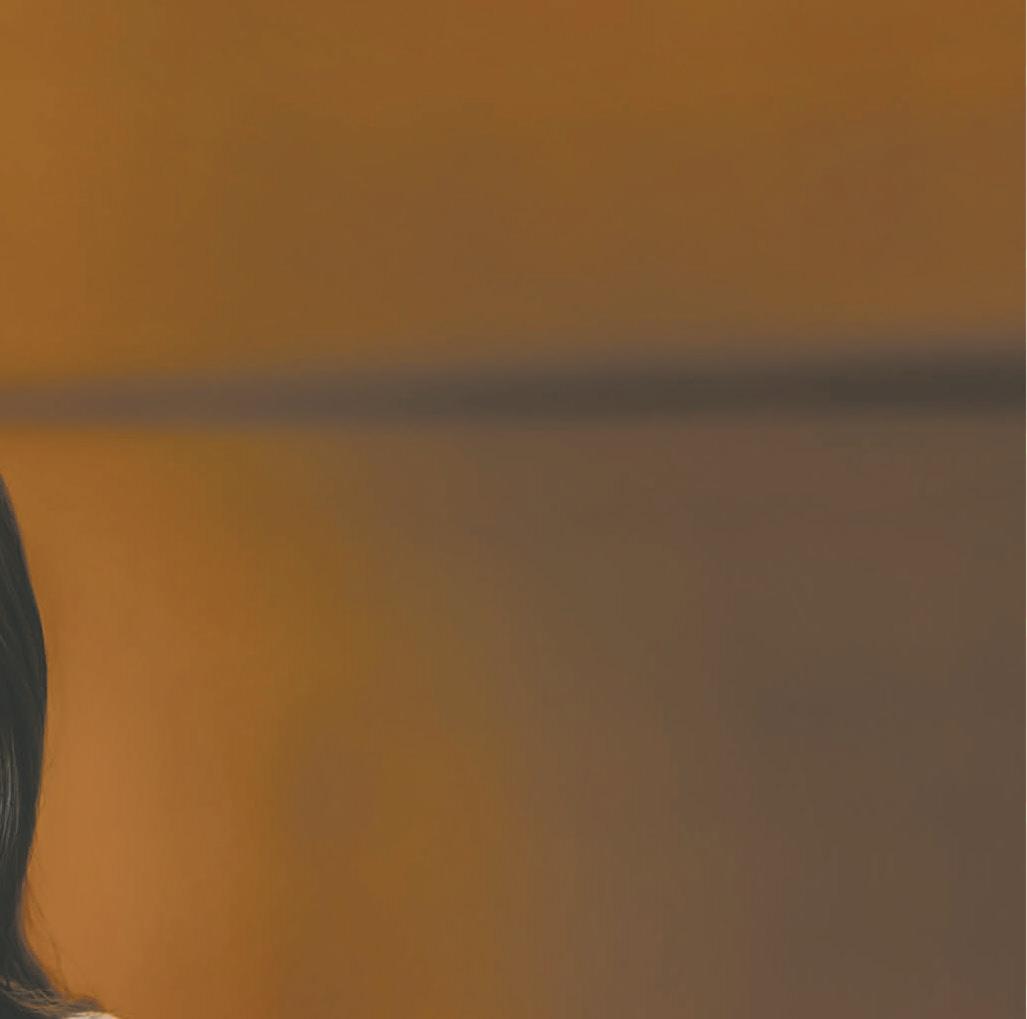
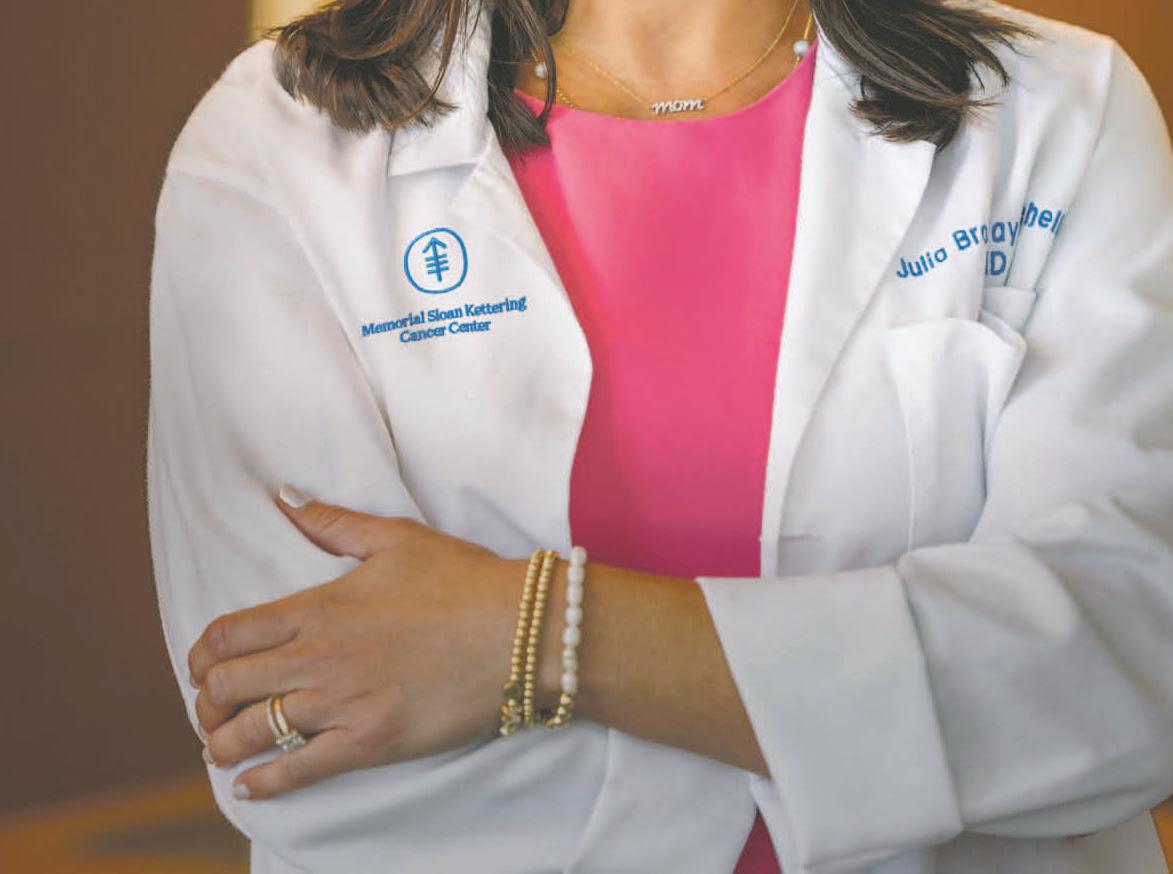
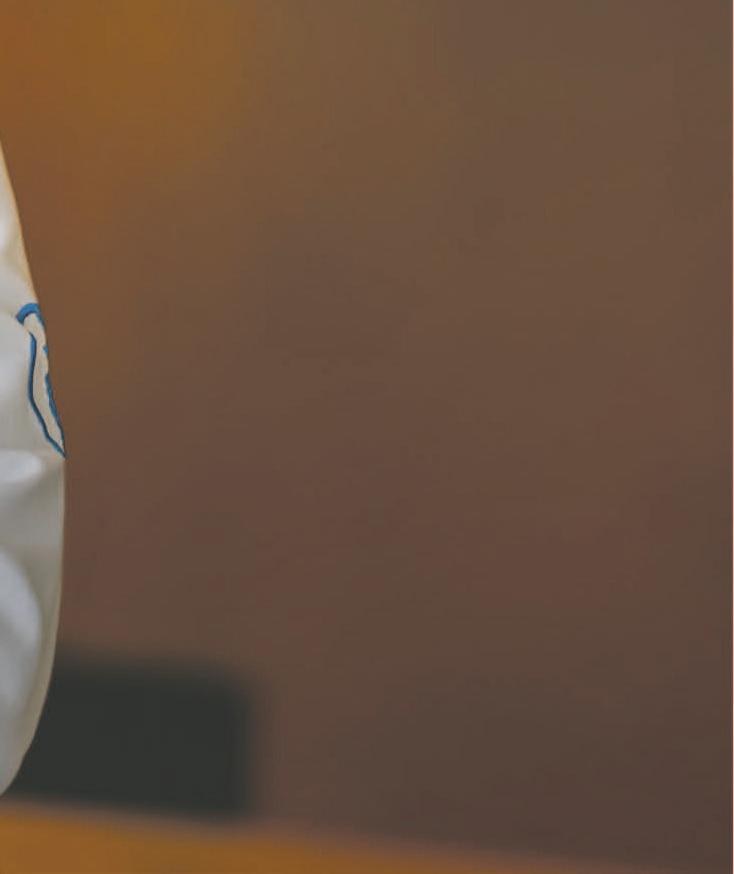
For more than four decades, the Adelphi NY Statewide Breast Cancer Hotline & Support Program has been a lifeline for patients and survivors across Long Island and New York State. It remains one of the oldest breast cancer programs in the country staffed by professionally trained and supervised volunteers — many of whom are survivors themselves. Their empathy, compassion, and understanding provide hope to those navigating one of life’s most difficult challenges.
In 2025, the American Cancer Society estimates that approximately 316,950 women —and approximately 2,800 men — will be diagnosed with invasive breast cancer.
Guided by its powerful motto, “You are not alone,” Adelphi’s Breast Cancer Program offers free, comprehensive support to those affected by breast cancer — through every stage of the journey. Services include a 24/7 hotline staffed by more than 65 trained volunteers, a Peer-toPeer program, professional counseling provided by licensed social workers (in English and Spanish), crisis intervention, referrals, and support groups available in person, by phone, and via Zoom. Educational forums and community events are also held throughout the year to empower patients, survivors, and their families.
At the heart of Adelphi’s mission are its volunteers — the voices of understanding on the hotline, the compassionate peers who lead groups, and the advocates who share their stories to inspire others. Many first came to Adelphi seeking support during their own diagnoses and now give back so that others never have to feel alone. Their courage and generosity remind us of the power of community and connection.
Early detection remains one of the most effective ways to improve outcomes, and Adelphi encourages everyone to stay informed, perform regular self-exams, and schedule annual screenings.
Read on to learn about the hotline’s compassionate volunteers. Their inspiring stories truly reflect that we are all a powerful community that stands strong — together.
To learn more about the Adelphi NY Statewide Breast Cancer Hotline & Support Program, call (800) 877-8077 or visit breast-cancer.adelphi.edu.

Breast cancer is the most common cancer diagnosed in women (excluding skin cancer) and second only to lung cancer as a cause of cancer death in women. About 1 in 8 women, or approximately 13 percent of the female population in the U.S., will be diagnosed with breast cancer in her lifetime and 1 in 833 men.
In 2025, an estimated 316,950 women will be diagnosed with invasive breast cancer in the U.S. In addition, 59,080 new cases of non-invasive ductal carcinoma in situ (DCIS) will be diagnosed. As of Jan. 1, there were more than 4.3 million women in the U.S. with a history of breast cancer. The ACS projects this number will increase to 5.3 million by 2035. Chances are, you know at least one person who has been personally affected by breast cancer.
But there is hope. When caught in its earliest, localized stages, the fiveyear relative survival rate is 99 percent. Advances in early detection and treatment methods have significantly increased breast cancer survival rates in recent years.
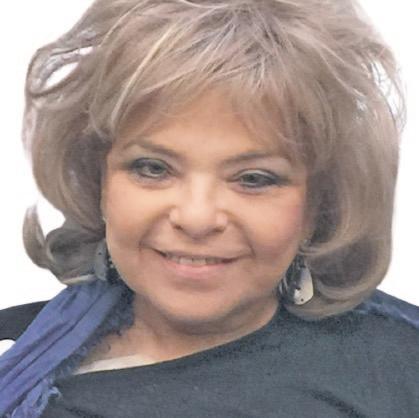

Sandee Janin, Long Beach
Age at diagnosis: 65
Diagnosed in 2016
In 2016, at the age of 65, I found a lump in my breast. A visit to my doctor confirmed my worst fear — I had Stage 3C breast cancer. During my career, I worked in downtown Manhattan, just a mile from the World Trade Center. My treatment plan was aggressive and included a double mastectomy, radiation and chemotherapy.
To this day, that diagnosis remains one of the most traumatic experiences of my life — something that still affects me daily. Even after successful treatment, I continue to live with lymphedema from the removal of lymph nodes. It impacts what I can wear and how I feel in my body — a constant reminder of my cancer journey.
Three years ago, as I was preparing to retire, a friend told me about the Adelphi NY Statewide Breast Cancer Hotline & Support Program. They were looking for volunteers, and I thought it might be a meaningful way to spend my time. During my own diagnosis, I had felt so alone. I wanted to be a source of comfort and understanding for others who were just beginning their journeys.
Now, as a volunteer, I help callers navigate their diagnoses and treatments. I’ve found that they often learn from my experience just as much as I learn from theirs. Supporting others has been healing for me, and I often wish I had known about the program when I was in treatment.
As I approach the 10-year anniversary of my diagnosis in 2026, it feels like a kind of graduation — a milestone that comes with both gratitude and uncertainty. For nearly a decade, I’ve seen my oncologist regularly while on hormone therapy, and now I’m learning what it means to move forward.
Looking back, I’m deeply grateful for my husband, who cared for me throughout my treatment, and for the perspective breast cancer has given me. It’s taught me to be more mindful of time and intentional about how I spend it. Today, I’m honored to devote that time to supporting other breast cancer patients.
If I could share one piece of advice with someone newly diagnosed, it would be this: This too shall pass.
• An estimated 2,800 new cases of invasive breast cancer will be diagnosed in men in the U.S.
• Breast cancer is the most common cancer in American women, except for skin cancers. It is estimated that in 2025, it’s estimated that approximately 30% of all new female cancer diagnoses will be breast cancer.
• On average, every two minutes a woman is diagnosed with breast cancer in the United States.
• Approximately 66 percent of breast cancer cases are diagnosed at a localized stage, before cancer has spread outside of the breast, when it is easiest to treat.
• The five-year relative survival rate for cancer diagnosed at the localized stage is 99 percent.
• Approximately 15 percent of women diagnosed have a family history of breast cancer. Those with a first-degree relative (mother, sister, daughter) with breast cancer are nearly twice as likely to develop breast cancer themselves.
• Breast cancer death rates have dropped by 41 percent since 1989, as a result of earlier detection through increased awareness and mammography screening, as well as advances in treatments. Despite this drop, Black women are 40 percent more likely to die of breast cancer than white women overall and are twice as likely to die if they are younger than age 50.
• There are more than four million breast cancer survivors in the U.S. today, including those who have completed treatment and those still undergoing treatment. More than 150,000 of these survivors are living with metastatic breast cancer.
• Half of U.S. women who develop breast cancer are 62 years of age or younger when they are diagnosed.
• About 9% of all new breast cancer cases in the U.S. are diagnosed in women younger than 45 years old.
• Younger people, particularly those under age 35 at the time of their original breast cancer diagnosis, face a higher risk of breast cancer recurrence.
• Evidence is growing that regular physical activity reduces breast cancer risk, especially in women after menopause. Exactly how physical activity might reduce breast cancer risk isn’t clear, but it may be due to its effects on body weight, inflammation, hormones, and energy balance
Courtesy American Cancer Society
Edward M. Stroh, M.D. is a boardcertified specialist in the treatment of retinal diseases and surgery. Dr. Stroh received his medical degree from Albert Einstein College of Medicine with a distinction in Ophthalmology. He completed his internal medicine internship at Long Island Jewish Medical Center, and his ophthalmology residency at North Shore University Hospital, He followed with a Retina Fellowship training at Massachusetts Eye and Ear Infirmary and Harvard Medical School, and was a research fellow at The Eye Research Institute of Boston.
Dr. Stroh is currently involved in research to prevent or minimize retina damage from diabetes mellitus, macular degeneration, and retinal detachment.
Diseases of the retina are among the leading causes of blindness in the United States. Common causes of vision loss include eye trauma, clouding of the lens (cataract), retinal damage due to diabetic retinopathy, breakdown of the central portion of the retina from age-related macular degeneration, retinal detachment, inflammation of the optic nerve (optic neuritis), stroke, and increased eye pressure (glaucoma).
Fortunately, new techniques have been
developed so that early detection and treatment can prevent vision loss in many cases. The diagnosis and treatment of diseases of the retina and vitreous is a uniquely specialized discipline, and many patients are referred by other ophthalmologists and doctors.
His office contains modern and sophisticated equipment to diagnose and treat various diseases of the retina and vitreous. Ultrasound, fundus photography, fluorescein and ICG angiography, OCT testing, laser and cryosurgery, pneumatic retinopexy, and intravitreal injection of medications are routinely performed in the office. Surgery of the retina, including newer Small Incision Vitrectomy Surgery techniques, are performed routinely in the operating room and allow faster healing.
Dr. Stroh and his team provide compassionate and empowering care to patients. Medicare and most major insurance plans are accepted.

Edward M. Stroh, MD, FAAO
165 North Village Avenue, Suite 203 Rockville Centre (516) 536-9525 www.edwardstrohmd.com


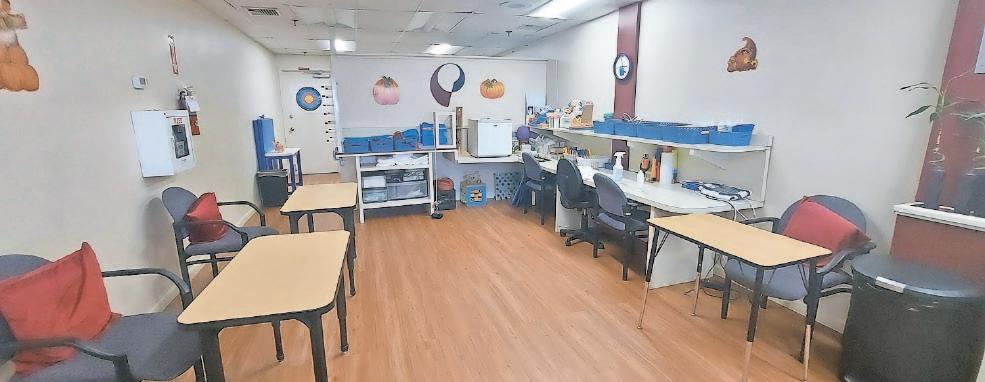
Professional Hand Therapy in Merrick provides exceptional treatment and outstanding results. Their expert care ensures patients regain maximum hand function quickly and effectively.
Alexia Santiago, OTR/L, CHT, is proud to offer the community specialized and compassionate care as the Clinical Director of the Professional Physical Therapy Hand Therapy location. Since beginning her practice as an Occupational Therapist in 2018, Alexia immediately gravitated toward outpatient orthopedic care.
Under Alexia’s leadership, the Merrick clinic offers a specialized, comprehensive approach to hand injuries. She treats a wide range of diagnoses, including complex fractures, post-surgical pain management, trigger finger, and arthritis. A key component of her personalized care is the ability to fabricate custom splints right in the office,
precisely assisting with either regaining or restricting motion as needed for optimal recovery.
Alexia’s expertise extends beyond adult care, encompassing pediatric hand development, where she focuses on ageappropriate strengthening and fine motor skill acquisition.
Her commitment to specialization has allowed her to foster close relationships with top-tier physicians — including local and NYC-based orthopedic surgeons, pain management specialists, neurologists, and pediatricians. These collaborative relationships ensure patients receive the most effective care possible.
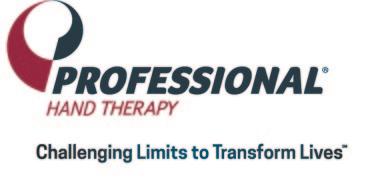
Health memos are supplied by advertisers and are not written by the Herald editorial staff.
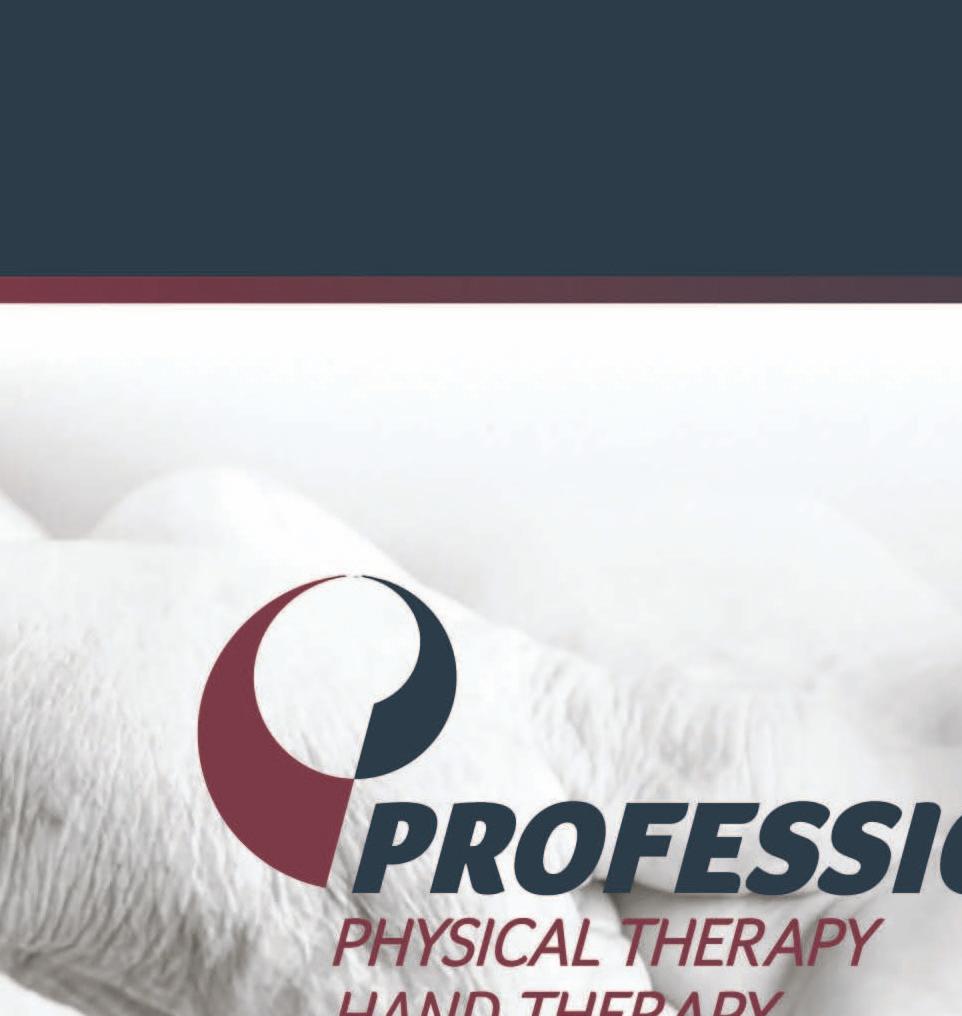
Are conditions like arthritis, carpal tunnel syndrome, or trigger finger limiting your daily life? At Professional Hand Therapy, our dedicated hand therapists offer specialized care to help you restore strength, flexibility, and comfort in your hands.

EXPERIENCE THE BENEFITS OF HAND THERAPY:
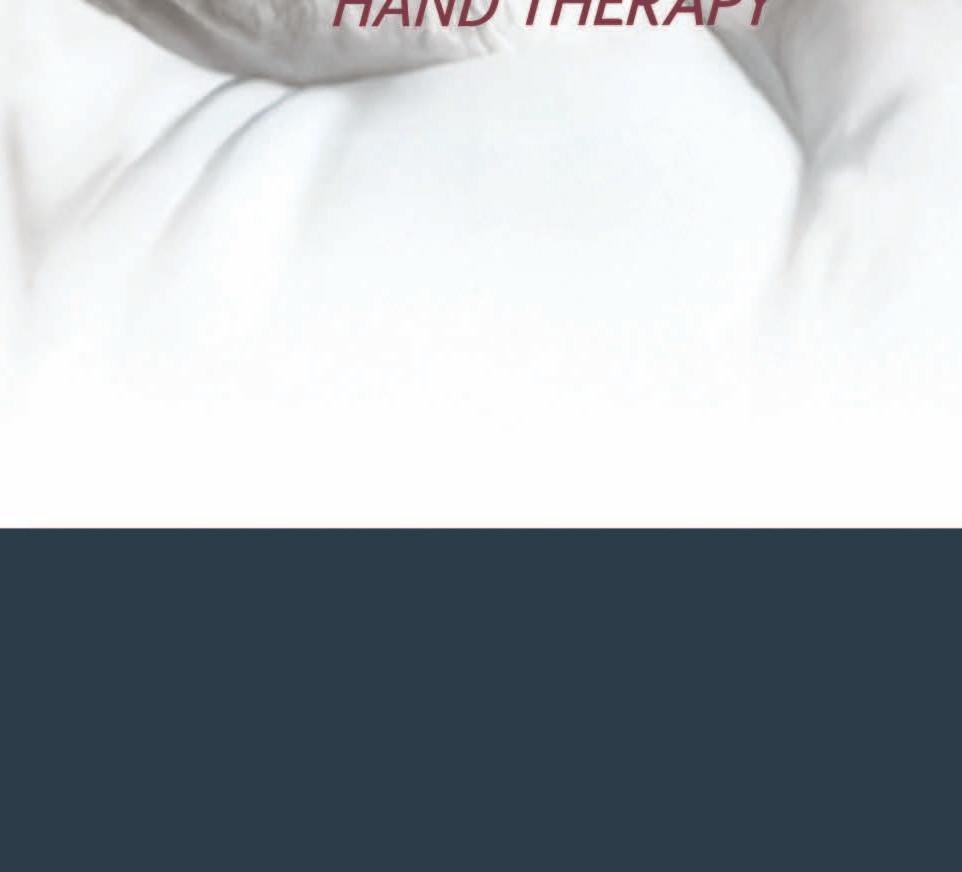
• Find relief from hand pain and experience renewed ease in everyday activities.

• Receive custom-fitted braces to support healing and enhance mobility
• Benefit from a treatment plan tailored to your unique needs, whether you’re recovering post-surgery, managing a chronic condition, or seeking greater independence.
TAKE THE FIRST STEP TOWARDS RECOVERY-CONTACT US TODAY!

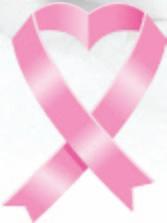


A breast cancer diagnosis may set back your fitness routine, but it doesn’t need to be forever Get back in shape! There are plenty of exercise options after breast cancer.
Many wonder if it’s safe to return to the exercise regimens they followed prior to being diagnosed. The answer is yes. Breast cancer survivors can benefit from exercise, but it’s important to prioritize safety when working out.
Those who have had breast cancer surgery may be at risk of lymphedema, a condition characterized by swelling of the soft tissues of the arm, hand, trunk, or breast. That swelling is sometimes accompanied by discomfort and numbness; some people dealing with lymphedema also experience infection.
Keep in mind that some exercise may be especially risky for breast cancer survivors:
• Swimming laps using strokes with arm movements
• Activities that involve the usage of resistance bands
• Pull-ups and push-ups
• Certain yoga poses, including downward-facing dog and inversions, that put ample weight on the arms
• Elliptical/cross-training machines
• Cross-country skiing
• Tennis
Be strong, be smart
While you might want to avoid certain types of exercise, it’s important to note that the American Cancer Society recommends exercise after breast cancer surgery. But exercise should be approached with safety in mind, and breast cancer survivors should heed the following tips to ensure their exercise regimens do not compromise their recovery.
Discuss exercise with your physician and surgeon. Before making exercise a part of your post-recovery routine, speak with your physician and surgeon to determine if there any movements you should avoid. Your doctor and surgeon can tell you how you will be affected by medications you might be taking as part of your continued recovery.
Take it slowly. If you were an exercise enthusiast prior to your diagnosis, you must recognize that returning to your pre-cancer regimen may not be possible, or that it’s likely to take a while

before you feel like your old self again. Take a gradual approach, allowing yourself to build strength and not expecting results to appear overnight.
Emphasize form. Place a great emphasis on form when exercising after surviving breast cancer. Many breast cancer survivors undergo surgery as part of their treatments, but even those who did not should still prioritize proper form when exercising, even if it means lifting substantially less weight than you might
have prior to your diagnosis.
Don’t persist through pain. If you feel any pain upon returning to exercising, stop immediately and speak with your physician and surgeon prior to exercising again.
Rest between sessions. You likely won’t be able to exercise on successive days anytime soon, but build off days into your routine so you can rest and recover.


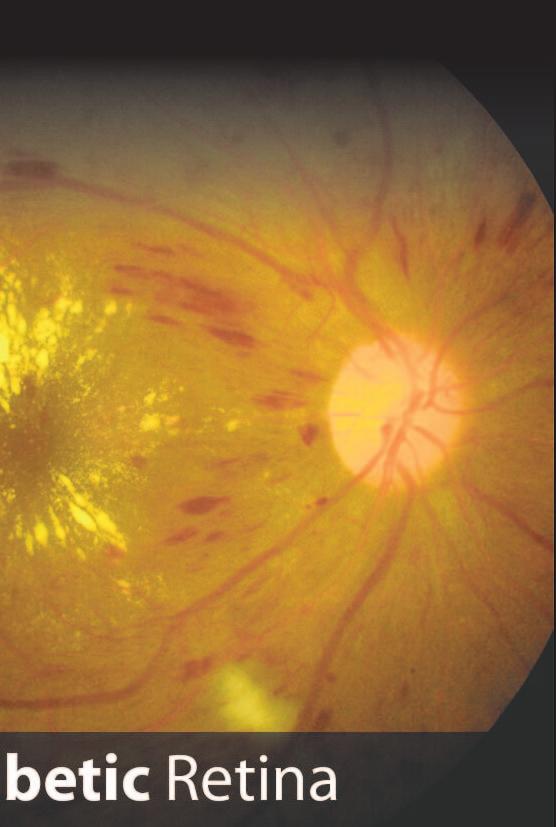
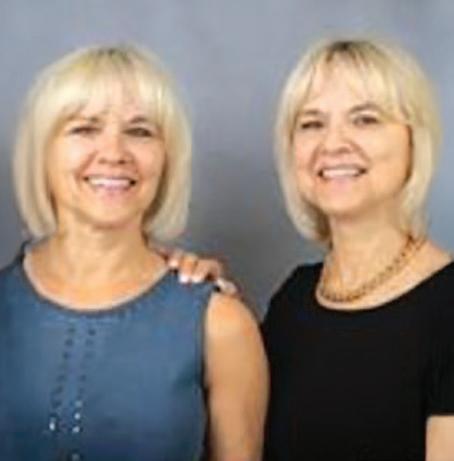
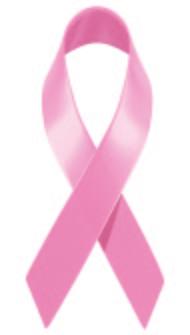
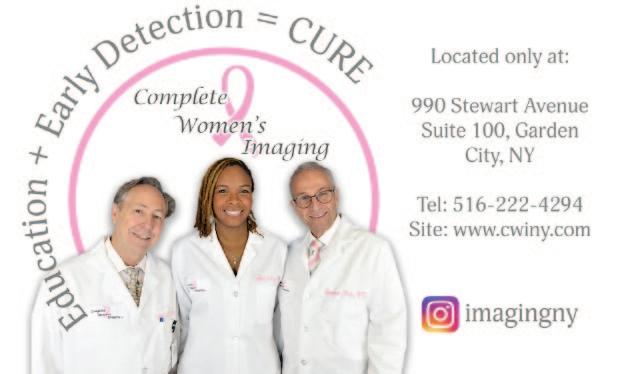

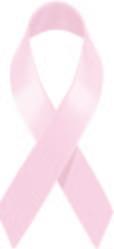





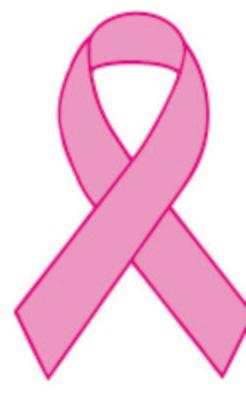
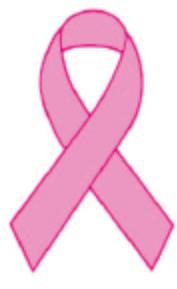












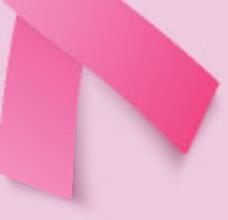


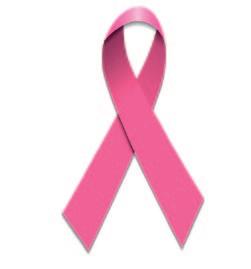
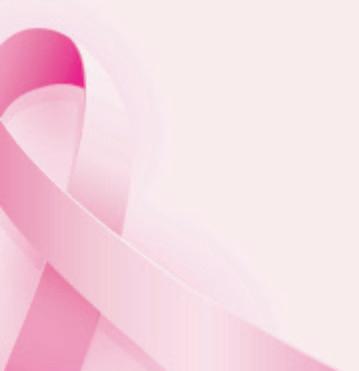



Nearly 2,400 women on Long Island and 300,000 across the United States are expected to be diagnosed with breast cancer this year. Some will develop malignancies between routine screenings, which may progress to an advanced stage and require more intensive treatment.
At Mount Sinai South Nassau’s Center for Women’s Imaging, breast health imaging specialists are using mammographic tomosynthesis screening with artificial intelligence (AI) to detect breast cancer earlier, resulting in timely treatment and better results.
Tomosynthesis screening captures a series of highresolution images of breast tissue, which can be viewed individually or in “dynamic cine mode,” a sequence that provides a video-like view of the tissue.
Acting as a second set of eyes, AI quickly scans the images in the mammogram, looking for suspicious abnormalities. “AI does not replace the radiologist but, rather, augments the diagnostic reading process, helping radiologists prioritize suspicious cases and confirm findings,” said Mindy Scheer, DO, Director of Breast Imaging at Mount Sinai South Nassau and a board certified diagnostic radiologist. “When both the radiologist and AI concur and find no abnormalities, there is a high degree of confidence in the diagnosis.”
In addition to detecting potential abnormalities, AI tools reduce the time it takes to read complex 3D images, improve cancer detection rates, and decrease false-positive results. The landmark Mammography Screening with AI randomized controlled trial found that AI-supported screening detected 20 percent more cancers than the standard double reading by two radiologists.
“It is extremely important to find breast cancers early, before the cancer invades the tissue,” said Christine Hodyl, DO, Director of Breast Health Services at Mount Sinai South Nassau. “The earlier the cancers are found, the easier they are to treat.”
The American College of Radiology (ACR) breast screening guideline calls for all women—particularly Black and Ashkenazi Jewish women—to have risk assessment by age 25 to determine if screening earlier than age 40 is needed. The ACR continues to recommend annual screening starting at age 40 for women of average risk, but earlier and more intensive screening for high-risk patients.
Mount Sinai South Nassau is accredited by the National Accreditation Program for Breast Centers and is an ACR-designated Comprehensive Breast Imaging Center. The facility’s mammography, ultrasound, magnetic resonance imaging, and stereotactic breast biopsy are accredited by the ACR’s Commissions on Quality and Safety and Breast Imaging.
If a tumor or abnormality is detected, Mount Sinai
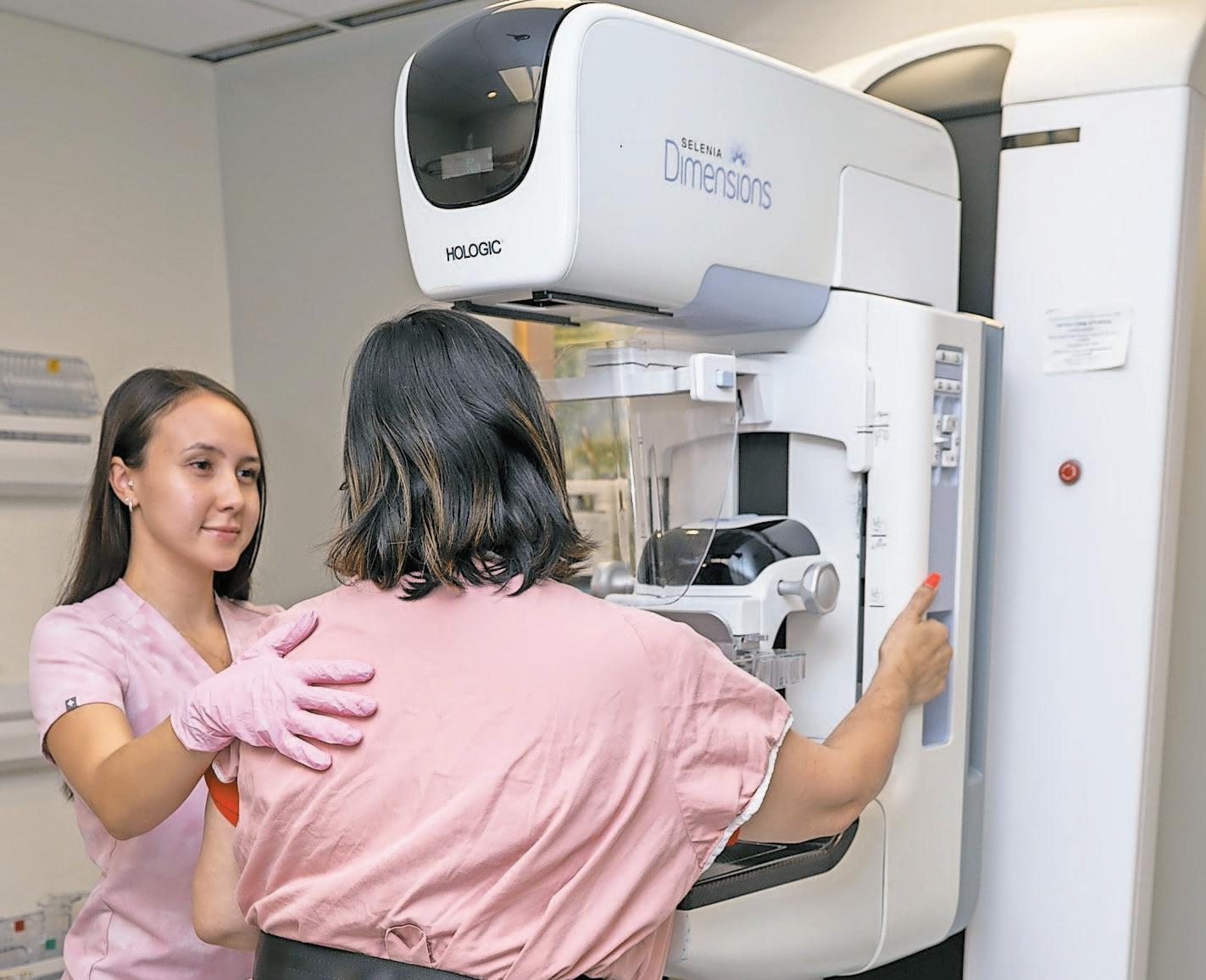
South Nassau’s Center for Breast Health offers a multidisciplinary breast care program, with a full spectrum of clinical and support services. Accredited by the National Accreditation Program for Breast Centers, the center’s team of surgeons, led by Dr. Hodyl, use advanced techniques that aim to preserve as much of the healthy breast and surrounding tissue as possible. If mastectomy—an operation in which the breast is removed—is needed, there are many options for breast reconstruction, including immediate prepectoral reconstruction with mastectomy, where a breast implant is placed directly on top of the chest muscle as a one-step procedure; a nipple-sparing mastectomy; and DIEP flap autologous breast reconstruction, which involves the surgeon taking skin, fat, and blood vessels from the lower abdomen to create a new breast.
Immediate prepectoral reconstruction involves placing the implant directly under the skin on top of the chest muscle, without the need to cut or lift the muscles. In addition to significantly reducing animation deformity (visible distortion or movement of the breast implant), this approach is less invasive and reduces bleeding, pain, muscle trauma, and postoperative recovery. Fat grafting can be performed
later if needed to soften or enhance the cosmetic results.
If oncologically safe and appropriate, nipple-sparing mastectomy involves the removal of breast tissue, but leaves the nipple, areola, and breast skin intact. The main objective is to preserve the nipple-areolar complex and skin covering with its blood supply while removing all breast tissue affected by or at risk of cancer.
The DIEP flap autologous breast reconstruction method) is known for its long-term results, natural appearance and feel, and the best opportunity for sensory restoration.
To schedule a consultation or for more information, call Mount Sinai South Nassau Breast Health Services, 516-632-3550, or Center for Women’s Imaging, 516255-8220 or visit www.southnassau.org/sn/womenshealth.
mountsinai.org/southnassau